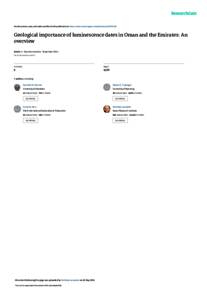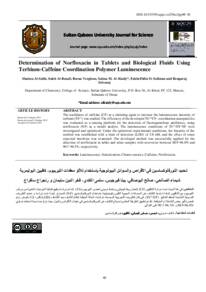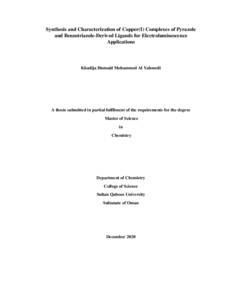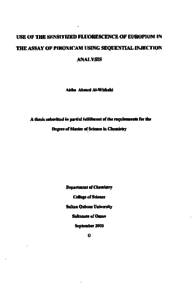وثيقة
Geological importance of luminescence dates in Oman and the Emirates : an overview.
المعرف
DOI: 10.2478/s13386-011-0037-2
المساهمون
Fryberger, Steven G., مؤلف
Hern, Caroline., مؤلف
Lancaster, Nicholas., مؤلف
Teller, James T., مؤلف
Pandey, Vachaspati P., مؤلف
Singhvi, Ashok K., مؤلف
الناشر
Silesian University of Technology.
ميلادي
2011-09
اللغة
الأنجليزية
الملخص الإنجليزي
In the Wahiba Sands of eastern Oman, luminescence dating of sands enables us to relate wind activity to climatic variations and the monsoon cycle. These changes resulted from Polar gla-cial/interglacial cyclicity and changes in global sea levels and wind strengths. Luminescence dates show that development of the Sands began over 230 ka ago when the sand-driving winds were the lo-cally arid, northward-blowing SW Monsoon. During late Quaternary low sea levels, the Tigris-Euphrates river system flowed across the floor of the Persian/Arabian Gulf to the Gulf of Oman SE of the Strait of Hormuz. OSL-dated sands contain-ing calcareous bioclastic fragments deflated from the exposed Gulf floor during glacial low-water pe-riods indicate that during the last glacial cycle, and at least one earlier cycle (~120-200 ka and possi-bly as far back as 291 ka), the floor of the Arabian Gulf was exposed. This is deduced from the pres-ence of aeolian dune sands containing bioclastic detritus on the coastal plain of the Emirates and south into Al Liwa (Abu Dhabi), which were built by northern "Shamal" winds. Those calcareous sands now locally overlie sabkhas formed during interglacial high sea levels. Within the present in-terglacial, marine flooding of the Gulf occurred between about 12 and 6 ka.
المجموعة
ISSN
1733-8387
URL المصدر
قالب العنصر
مقالات الدوريات




